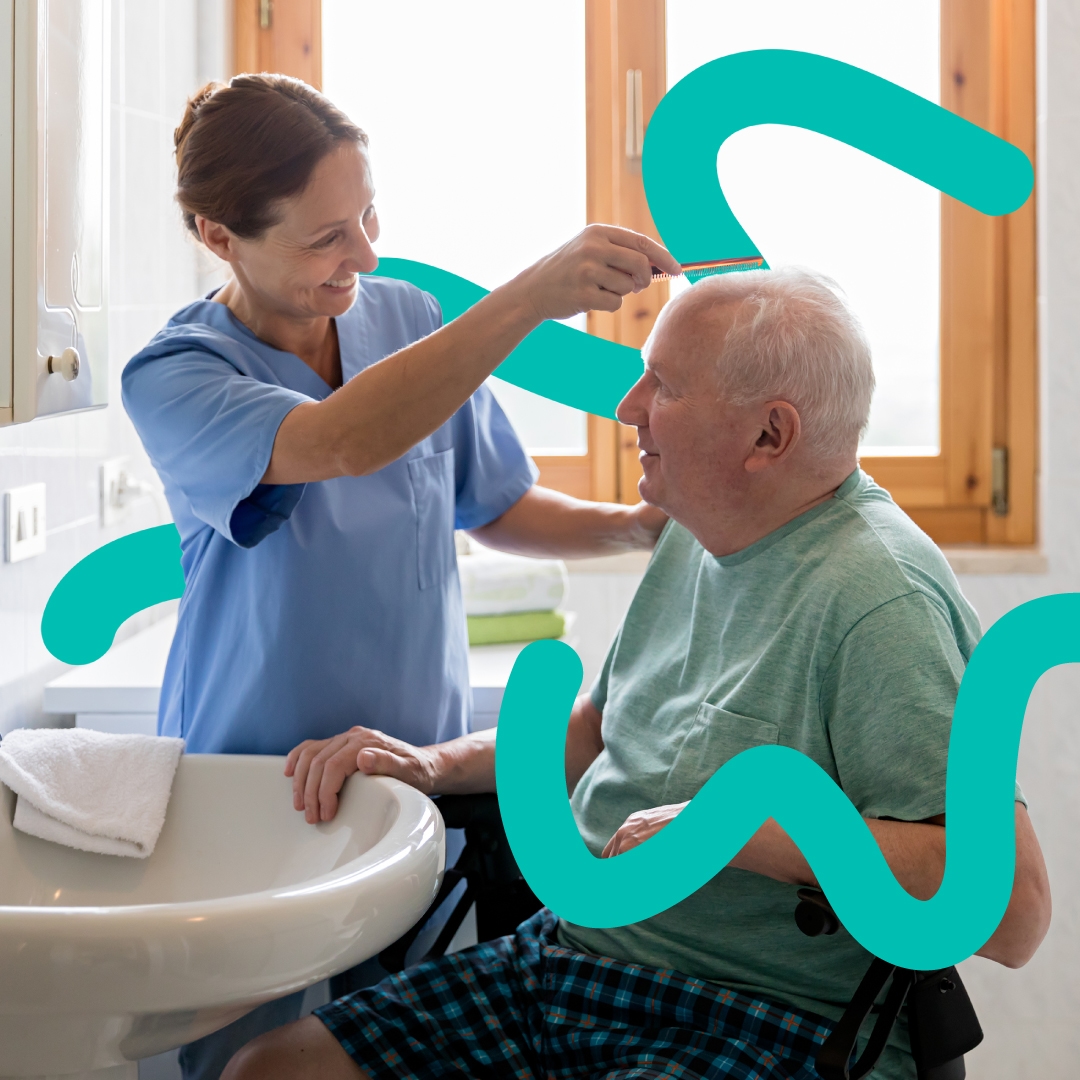Shadowing is the process of a new employee or trainee attending a home care visit to a service user and witnessing what occurs. They follow an experienced carer as they perform their duties and is a common training method in the domiciliary care industry. The person shadowing will observe what the client experiences and may well record details of the visit, sometimes also asking the service user for feedback throughout.
Shadowing helps introduce home care staff new to the role of carer and is also used to introduce a more experienced carer to a new client. Shadowing also supports carers to be upskilled, particularly in specialist techniques such as stoma care or moving and handling. By shadowing carers can learn ‘on the job’.
Whilst often done as part of an induction or training process, shadowing also gives the opportunity to see the care experience through the client’s eyes or those of their family.
Shadowing provides the opportunity for reflective care giving where the carer and person shadowing can reflect on the visit, discuss what took place and what could perhaps have been done differently.
Shadowing, particularly when done by an experienced individual, can open the doorway to process improvements and improved care.
In home care a brand new carer will normally be asked to shadow an experienced carer to give hands-on experience of the role before they carry out solo visits. Shadowing can also take place when there is a change of carer. This gives reassurance to the service user throughout the handover and means that continuity of care is more seamless.
Tips for successful shadowing in home care
- Clearly communicate the purpose and expectations of shadowing. New employees should understand why they are shadowing and what they should be paying attention to. They should also know how long the shadowing period will last and what their role is during this time.
- Respect the client’s privacy and autonomy. Shadowing should not interfere with the client’s routine or decision-making. New employees should observe from a distance and not engage directly with the client unless instructed to do so by the experienced caregiver.
- Wear proper identification. New employees should wear a badge or other identification to clearly distinguish themselves as trainees. This helps clients and their families understand that the new employee is not yet fully responsible for their care.
- Follow all safety protocols. Shadowing should not compromise the safety of the client or the new employee. Both should follow all relevant safety protocols and procedures, including proper hand hygiene and infection control measures.
- Stay attentive and ask questions. Shadowing is an opportunity for new employees to learn, so they should stay focused and ask questions when they have them. This helps to ensure that they fully understand the tasks they will be expected to perform on their own.
How CareLineLive can help
With paper based systems a carer’s notes are normally held in a file at the home of the service user although best practice would encourage availability of the notes 24 hours before the visit. If access to the notes is tricky it means that the person shadowing doesn’t read any background until the visit is underway . With CareLineLive the Carer’s App contains all the relevant information about the service user as well as all the notes, photographs and other details from previous visit. The information is also held securely with full data protection and access only provided to the relevant carers.
The technology can be accessed by any internet enabled device which means that the person shadowing can read up about the service user and their needs before the visit. This ensures that the carer has a full understanding of the client needs, thus facilitating person-centred care. With good care planning and briefing the person shadowing can take the opportunity to learn what they need before they arrive.
Because CareLineLive contains all the pertinent information about a service user, the person shadowing or new carer doesn’t have to ask all the same questions again and again. The About Me assessment gives real insight to the life of a service user to ensure a holistic view of the person capturing valuable information including the person’s past and present history and what is important to them in the future. This helps to establish a comprehensive picture of the service user so that they are not simply defined by their care and support requirements.
Other assessment templates record details of the conditions the service user lives with, communication preferences as well as details about the physical environment within the home.
Contact us to arrange a demonstration of CareLineLive and see how it can help digitise your care business making you more efficient and effective, freeing up more time to care.



